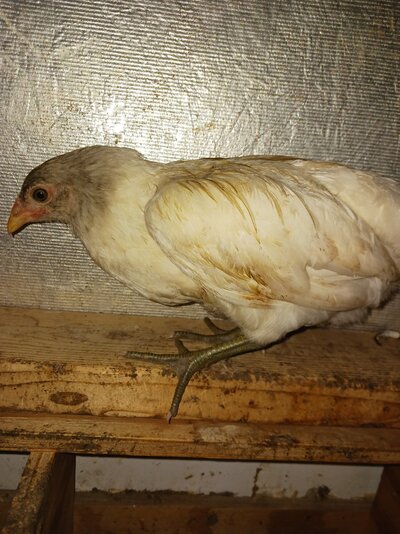YAAAYYY!!!!She's holding her head up and is more active she even tried flying today
I swear by Corid! Apparently, my soil is an incubator for coccidia. I don't wait until I see blood to start treatment (at least once every 12-18 months.) If the birds don't have coccidiosis, it won't hurt them, but if they DO, I swear again (and I am NOT the swearing sort) the stuff is MAGIC!
I will say that I noticed a significant reduction of both the frequency and duration of the coccidia "attacks" once I got my run reliably dried out. I don't know if that's a direct correlation or if it just means my birds stay stronger (and better able to cope naturally with other health issues) with the drier conditions, but look into that, too. A dry run never hurts!




